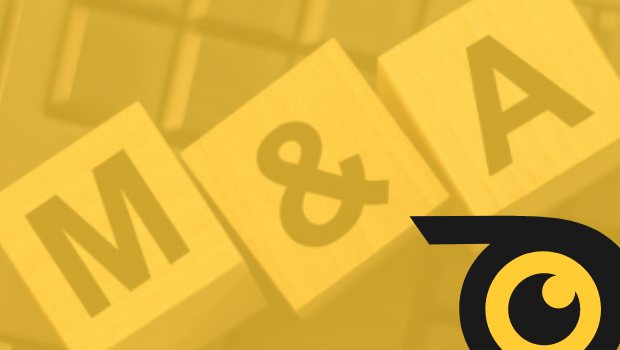In the intricate and high-stakes realm of mergers and acquisitions (M&A), the valuation and risk assessment of software assets play a pivotal role. For M&A analysts, understanding the security posture of these software assets is not just a technical formality; it’s a critical factor that can significantly impact the overall valuation and success of the deal.
Understanding Software Security Posture
Software security posture refers to the security level of a software system, including its design, implementation, and operational aspects. This encompasses a range of factors, from the software’s vulnerability to cyber attacks to its compliance with industry security standards. In an M&A scenario, the security posture of a software asset can reveal hidden risks and liabilities that could affect the acquiring company long after the deal is closed.
The Impact on Valuation and Risk Assessment
When software assets are part of an M&A deal, their security posture directly influences their valuation. Secure, well-maintained software can be a valuable asset, offering the acquiring company a robust platform for growth and innovation. Conversely, software with poor security can become a liability, potentially leading to data breaches, legal issues, and reputational damage.
The Importance of Manual Secure Code Reviews
While automated tools play a role in assessing software security, manual secure code reviews are invaluable. These reviews, conducted by experienced cybersecurity professionals, offer a depth of insight that automated tools cannot match. They involve a thorough examination of the software’s source code to identify vulnerabilities, compliance issues, and security gaps.
Advantages of Manual Reviews:
-
- Depth of Analysis: Manual reviews can delve deeper into the complexities of the code, uncovering hidden issues that automated tools might miss.
- Contextual Understanding: Human reviewers can understand the context and intent behind the code, which is crucial for accurately assessing security risks.
- Custom Recommendations: Manual reviews provide tailored recommendations that are specific to the software’s unique environment and use cases.
Integrating Security Posture into M&A Strategies
For M&A analysts, integrating software security posture into their evaluation strategies is essential. This involves:
-
- Conducting Thorough Due Diligence: Ensuring that manual secure code reviews are part of the due diligence process.
- Collaborating with Cybersecurity Experts: Working closely with cybersecurity professionals to understand the implications of the findings.
- Factoring in Remediation Costs: Considering the costs and efforts required to address security issues in the valuation process.
Conclusion
In conclusion, the role of M&A analysts in evaluating software assets extends far beyond mere financial appraisal. Understanding and integrating the security posture of software assets, particularly through manual secure code reviews, is crucial. It not only ensures a more accurate valuation but also safeguards the acquiring company from future risks, making it a key element in successful M&A activities.



